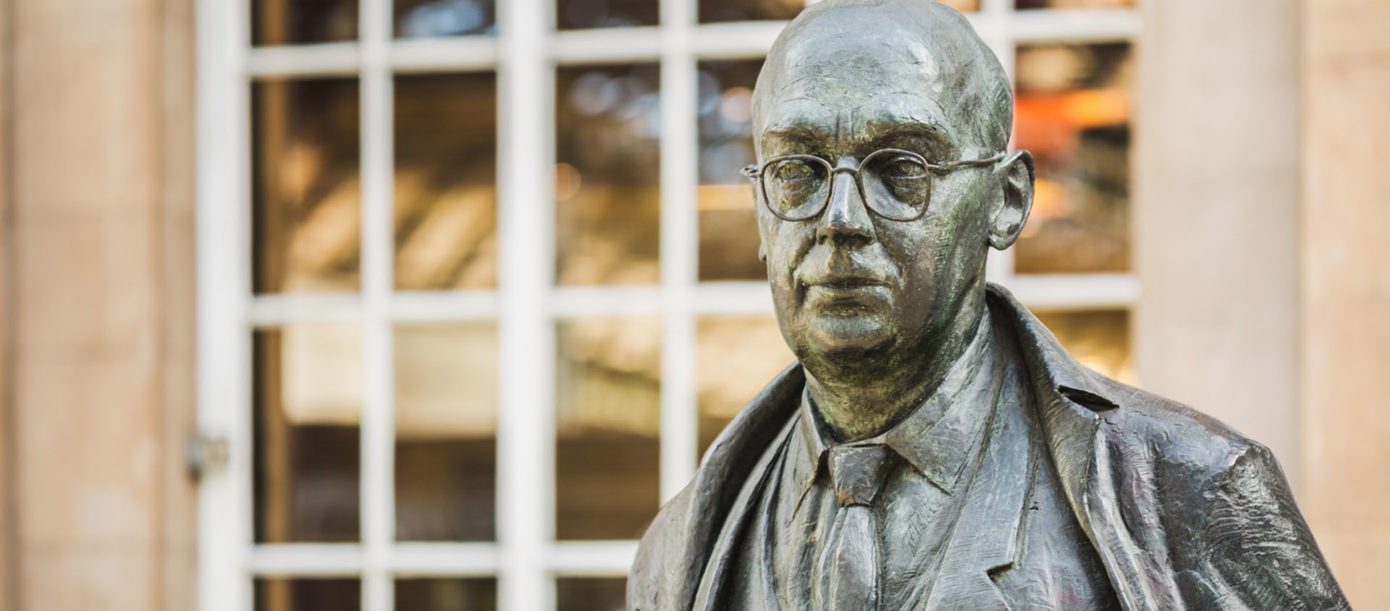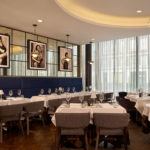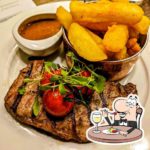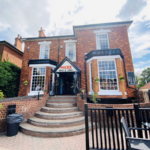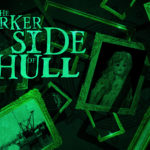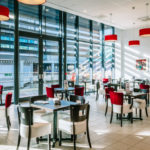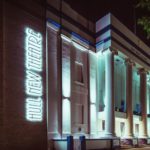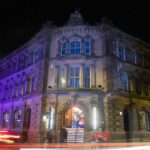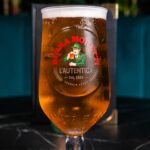Kingston-upon-Hull (otherwise known as ‘ull) is a city founded in the late 12th century. It sits by the River Hull at its junction with the Humber estuary in the drop-dead gorgeous East Riding of Yorkshire.
In 1293 the port was bought by King Edward I for use as a supply base for his military campaigns in Scotland. Then in 1299, the King granted the town the status of a borough, and renamed it Kingston-upon-Hull and the name stuck. Kingston-upon-Hull is technically our proper (fancy) name, but we don’t use it that often.
Hull’s position on the Humber estuary has made it one of the UK’s most important ports, opening up routes from England to northern Europe. This was big business in the Middle Ages, as the city became a major port for exporting lead, grain and wool. The de la Pole family from Hull were big names around this time, becoming amazingly wealthy as wool traders in the city and entering the highest echelons of 15th-century society. Not bad, eh?
Things got a little bit more complicated in the 17th century though. In April 1642, King Charles I attempted to take control of the arsenal at Hull, but was turned away from the gates by the Governor of the town Sir John Hotham. This act of defiance is thought to have sparked the entire English Civil War. Beverley Gate, where Hotham made his stand, is still an important feature of the city centre today and will be revitalised ahead of 2017. Despite the King’s town name, the people of Hull supported the Roundheads during the Civil War and, as a result, were besieged by the royalist Cavaliers in 1642 and again in 1643.
By the 18th century, things were looking up for Hull, as the first dock opened in the city in 1778. This encouraged new industries, such as corn milling and seed crushing to flourish, alongside shipbuilding. The infamous HMS Bounty was built in Hull in 1784, at Blaydes shipyard. The ever-popular Hullensian William Wilberforce – well known for his charm and wit – was elected as MP for the town in 1780, with his Christian faith having a huge impact on his political life. He worked hard as part of the movement to abolish the slave trade in Britain and its colonies in 1807. The bill to completely abolish slavery in the British Empire was passed in 1833, three days before William Wilberforce died.
By the end of the 18th century, Hull was the biggest whaling port in the country, and developed as a major fishing centre in the late 19th century. Fishermen from Hull were familiar faces in the North Sea and, later, in the waters around Iceland, bringing prosperity to the town in their nets. Shipbuilding and shipowning were booming in Hull in this century too, thanks in particular to Earle’s Shipbuilding and the Wilson family shipping company. Hull was granted full city status in 1897.
In the 1920s and 1930s, other improvements began to be made across Hull. New housing estates and major urban redevelopments changed the face of the city, and the University of Hull was founded in 1927. Philip Larkin, one of the most important English poets of the 20th century, worked as librarian there from 1955 until his death in 1985. The university is now one of the leading research universities in the UK.
As one of England’s most important port cities, Hull suffered heavy bombing during the Second World War. Hull was the most heavily bombed UK city after London, with Luftwaffe planes often dropping bombs on the city on their way home, after attacking other targets.
After the Second World War, Hull’s fishing industry also began to decline. After a slow start, Hull began to get back on its feet in the 1950s and 1960s. Approval was given in 1959 to build a new suspension bridge across the River Humber, work started in the 1970s, and the Humber Bridge was formally opened by Queen Elizabeth II in 1981. This complemented the Queen Elizabeth Dock, which opened in 1969, extending the existing port and helping the city to handle container ships. The Port of Hull continues to buzz today, with some of the largest super ferries in the world operating from Hull.
In 2001 an aquarium, The Deep, opened in Hull – the world’s only submarium. The beginning of the 21st century saw several other parts of Hull regenerated, too. The St Stephen’s Shopping Centre opened in 2007, as well as developments such as the Humber Quays business district and C4DI, a centre for digital innovation in the north.
The arts and cultural sector is now going from strength to strength in the city, with events such as the Freedom Festival thrilling audiences each year with an incredible programme of theatre, music, comedy and poetry. Hosts of 2017’s Turner Prize, The Ferens Art Gallery is the region’s leading visual art space. A new contemporary art space, Humber Street Gallery, opened its doors in 2017 to critical acclaim. Hull Truck Theatre presents new productions and touring work from around the country, and Hull New Theatre has recently undergone a massive transformation, promising more world-class performances in 2018 and beyond.
We’re proud of Hull’s history and its triumphant UK City of Culture year. We can’t wait to see where the city goes next, 2017 was just the start of the journey. Want to come along for the ride?
